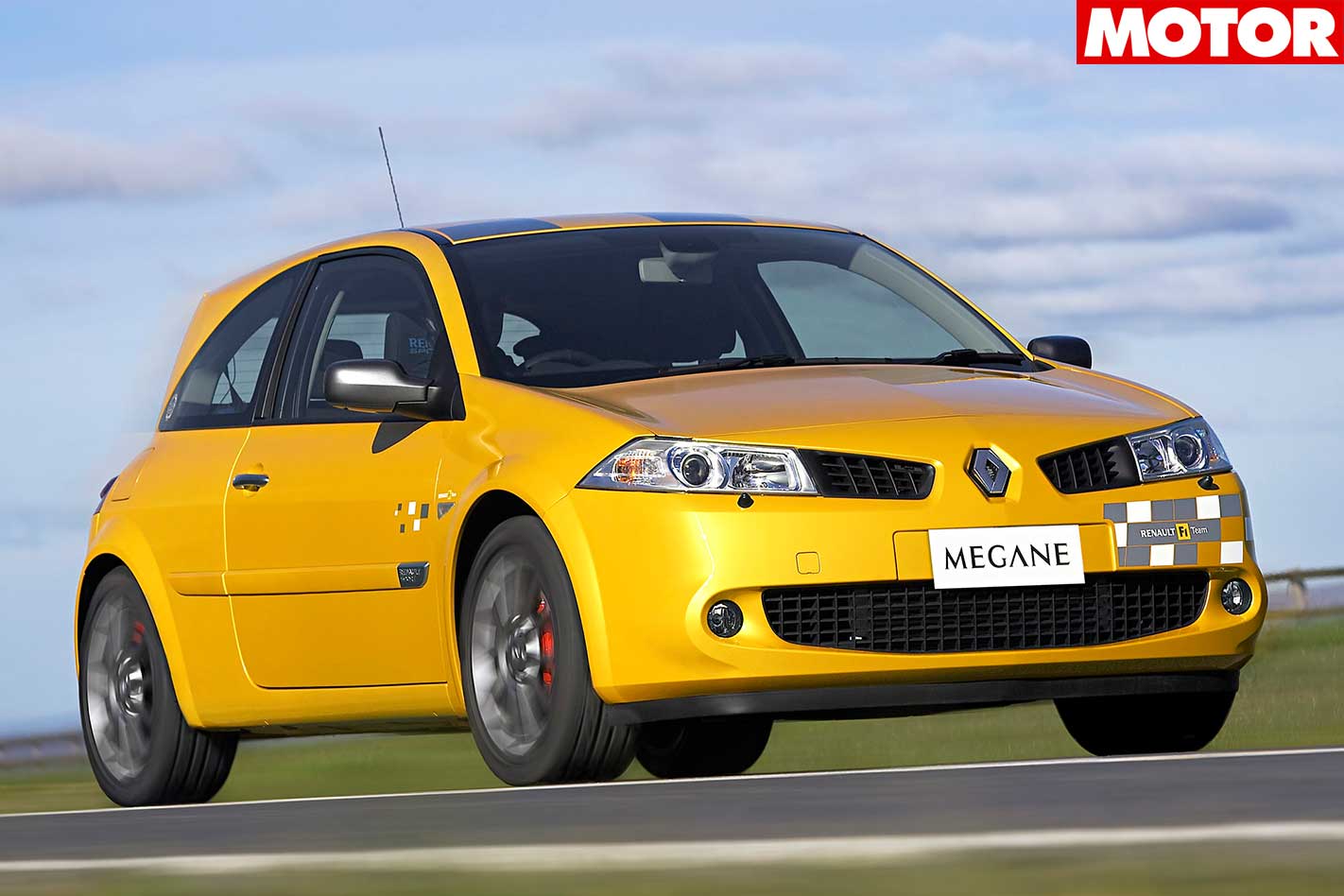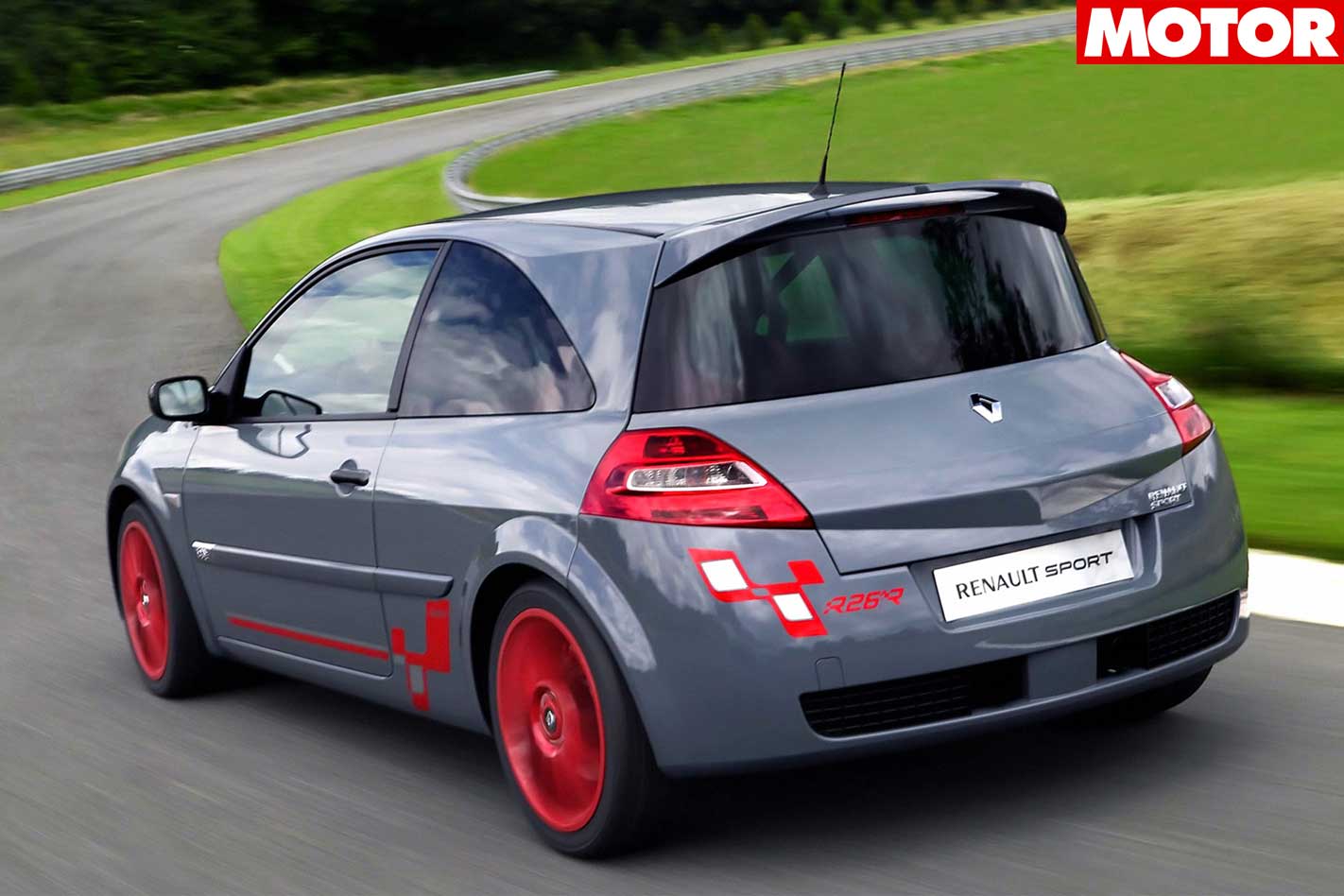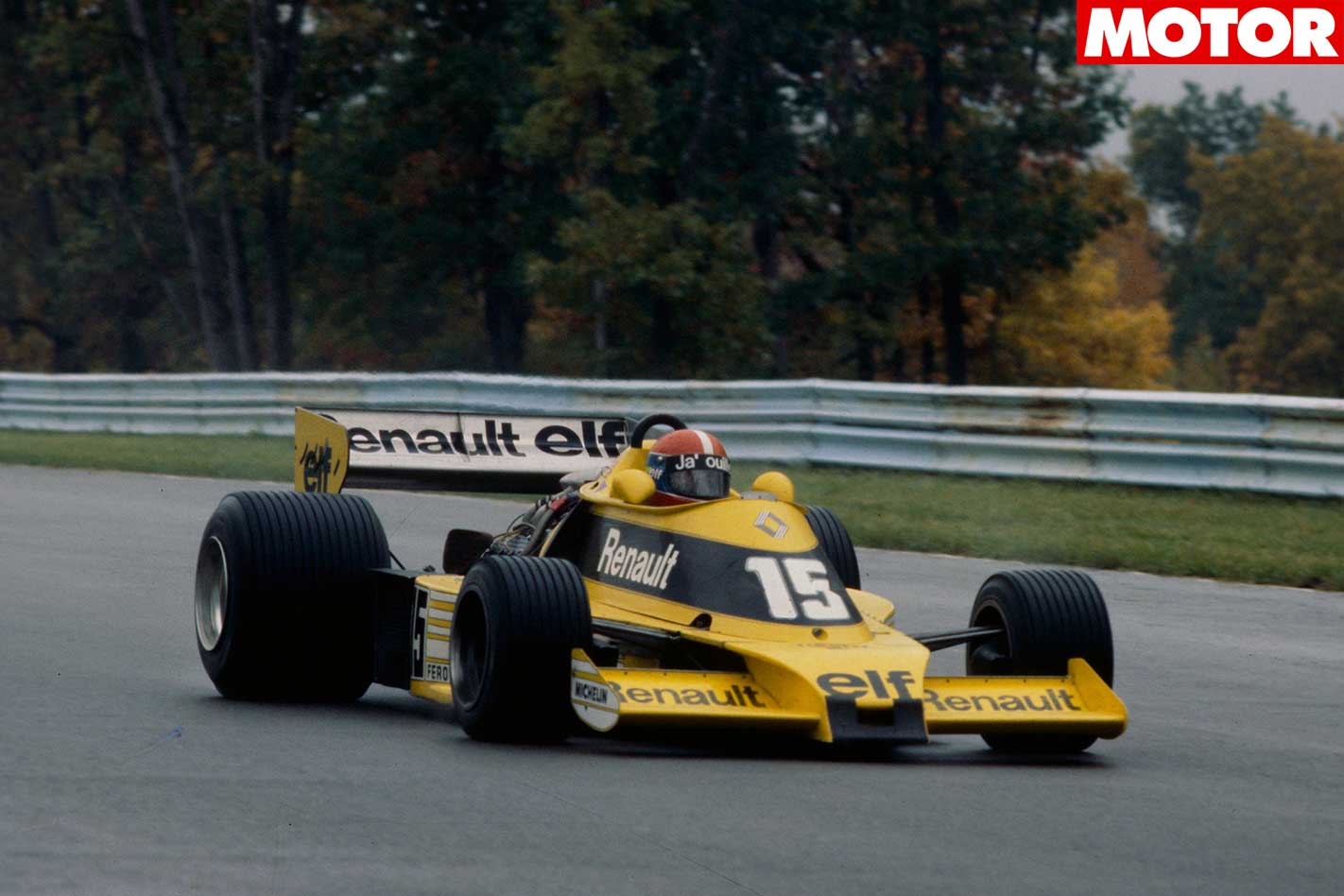When Renault first lobbed the Megane 225 into our laps in ’04, it was obvious the idea had potential.
This feature was first published in MOTOR Magazine’s August 2008 issue.
True, the car was flawed in some reasonably major ways, but if this was the future of turbo engines, bring it on, we argued. The view at the time was the chassis needed a little taming for less torque-steer and better power-down. If Renault could do this, it would have had itself a proper tool.

You still scored the perky styling that not everybody appreciates, but which we reckon suits the car’s extroverted nature just perfectly. Even better, you still scored the rumpy-pumpy little 2.0-litre with snail which blurted out 168kW of power and a blistering 310Nm.

Suddenly, the thing would accelerate in a dead straight line and paste its kilowatts down hard as you exited corners. Hell, it was even composed on a racetrack and refused to degenerate into the sliding, dribbling shuffler that characterises a good many big-punch tail-draggers.

Some of the detail stuff was a bit lame – the credit card that passed for the ignition key, for instance – but other bits, like the little line of red stitching on the steering wheel indicating where the tyres were pointing, was lovely.

Renault initially only shipped 80 of the little blighters to these shores, and they were snapped up like mouse traps. Last month they grabbed another 20, but that’s it! If you ever needed proof that you don’t need the weight or complexity of all-wheel drive, the R26 was it.


THE BREAKTHROUGH The key to planting the R26’s 168kW to its treads is a torque-sensing LSD. It works by creating torque bias as a result of friction caused during the helical gears’ separation. The bias resists ‘differentiation’ – allowing a smooth, even power delivery, turning the Megane F1 from bloody good to brilliant.




